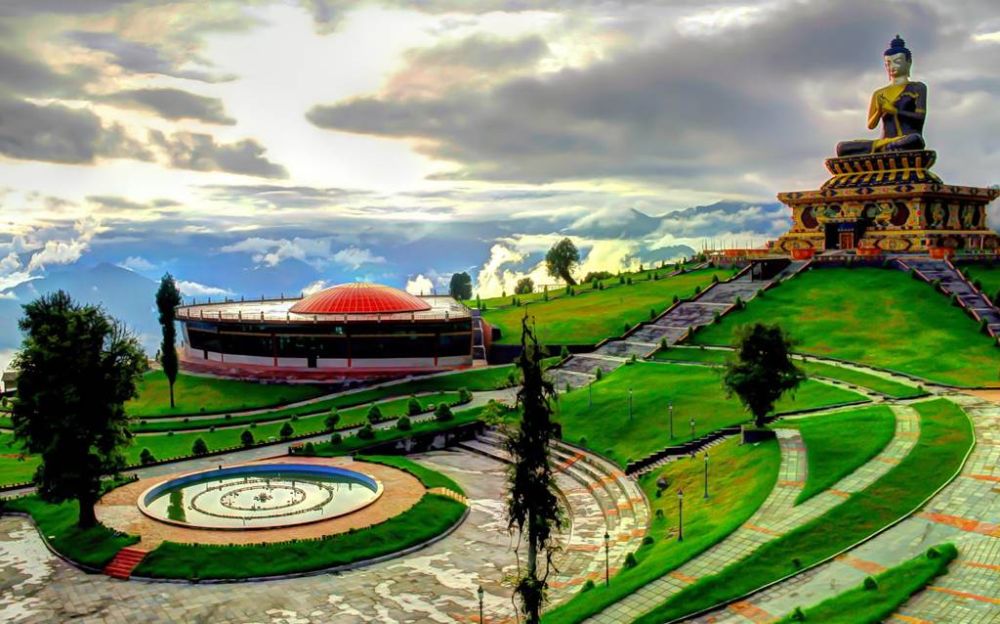

Sikkim, with its pristine beauty and serene landscapes, has always attracted tourists from all corners of the world. Among its various enchanting destinations, Ravangla stands out as a unique blend of breathtaking natural beauty and rich cultural heritage. Nestled in the south of Sikkim, Ravangla has witnessed a significant evolution in its tourism industry throughout the years.
Traditionally, the economy of Ravangla was majorly agro-based, with the majority of the population engaged in farming and cattle rearing. However, the tourism potential of this small town started getting recognized in the early 2000s. The initial growth was slow, mainly due to limited accessibility and lack of infrastructure. Nonetheless, nature lovers and adventurers began to trickle in, attracted by the potential for trekking, bird watching, and experiencing the tranquility of the region.
One of the turning points in Ravangla's tourism history was the development of the Buddha Park, also known as Tathagata Tsal. Inaugurated in 2013, this park features a massive 130-foot high statue of the Buddha as its centerpiece. The park not only attracts people interested in Buddhism but also offers panoramic views of the surrounding mountains, thus adding to its appeal.
Another significant attraction is the Ralong Monastery, showcasing the rich cultural fabric of Sikkim. The monastery plays a crucial role in the spiritual journey of Buddhists and also draws tourists interested in the local customs and traditions.
In recent years, Ravangla's tourism industry has witnessed a paradigm shift with the introduction of eco-tourism and sustainable practices. Homestays have become increasingly popular, offering visitors a taste of authentic Sikkimese hospitality. In addition, the promotion of organic farming has also piqued the interest of those looking to experience and learn about sustainable living.
Adventure tourism is also on the rise, with new trekking routes and outdoor activities like paragliding being added to Ravangla's portfolio of attractions. To cater to the wellness trend, several establishments now offer yoga and meditation retreats set against the backdrop of the majestic Himalayas.
Despite its growing popularity, Ravangla faces challenges including environmental concerns and the maintenance of infrastructure amid increasing footfalls. To address these issues, local authorities are continuously working to create a balance between tourism development and environmental conservation.
With efforts underway to improve connectivity and facilities, the future of tourism in Ravangla looks promising. The town is poised to continue enchanting travelers with its unique combination of nature, culture, and spirituality.
In conclusion, the history of tourism in Ravangla is one of gradual discovery and appreciation for its serene beauty and cultural depth. As a hidden gem of the Eastern Himalayas, it serves as a peaceful retreat for those seeking to escape the hustle and bustle of urban life and immerse themselves in nature and tradition.